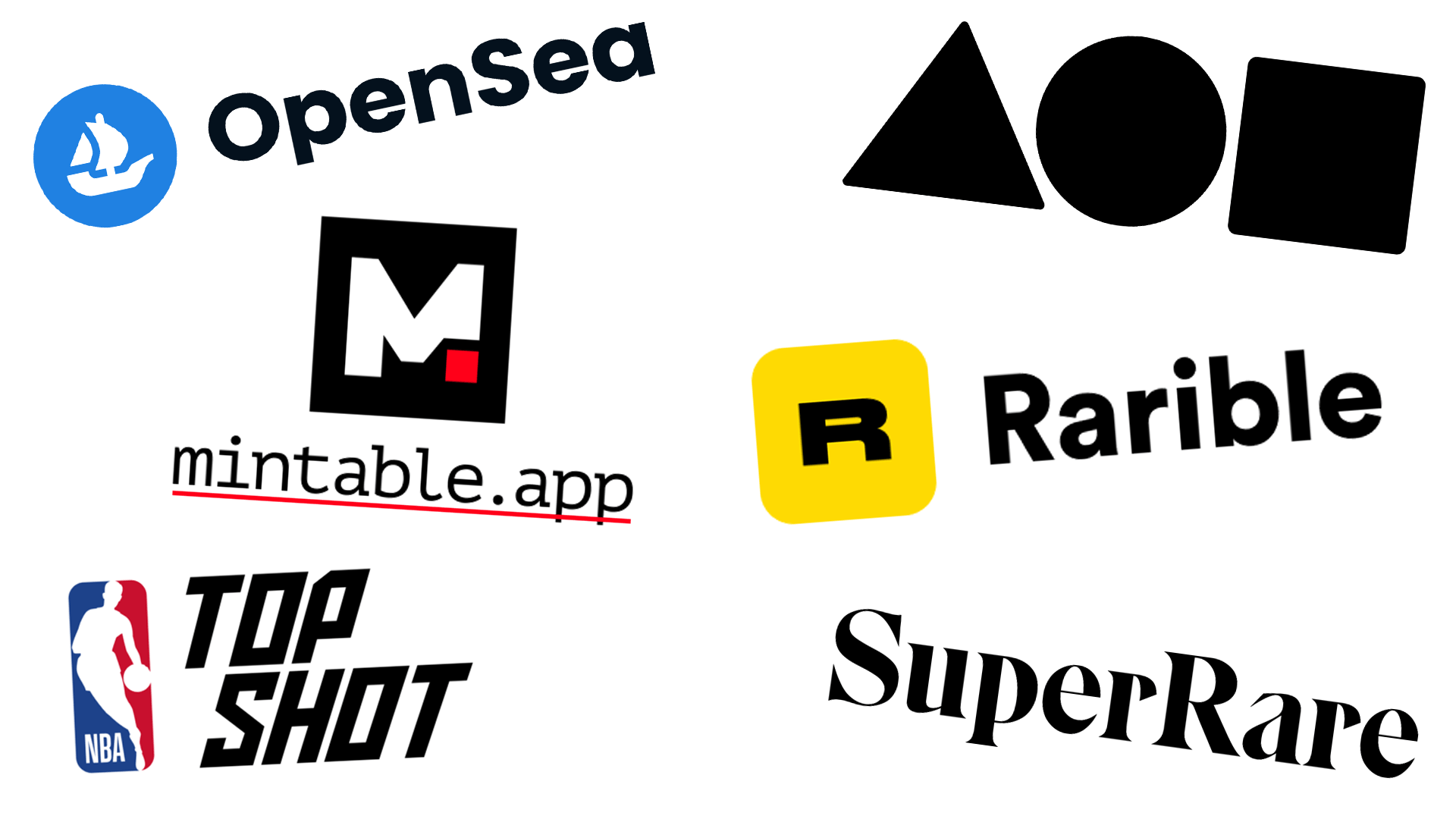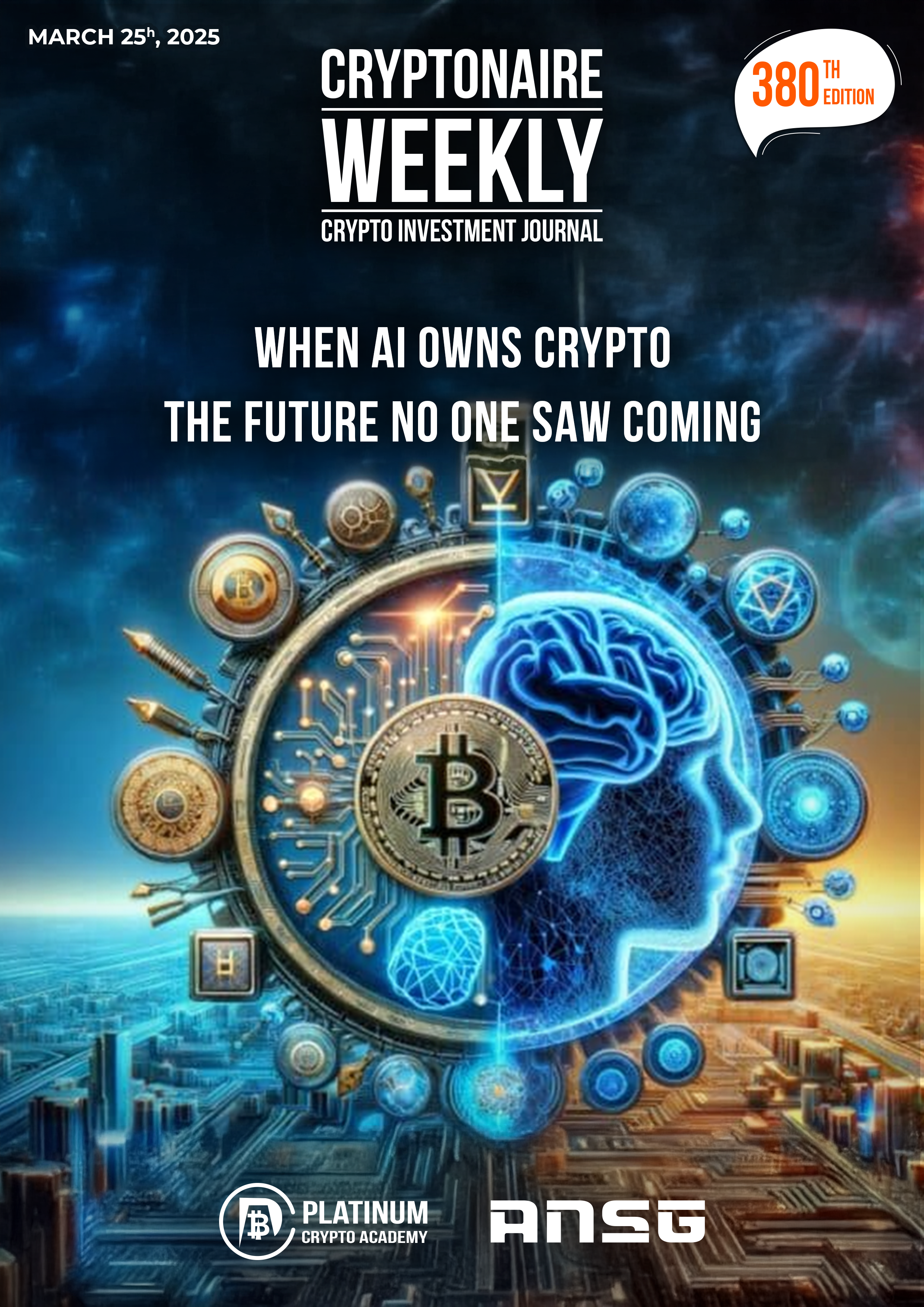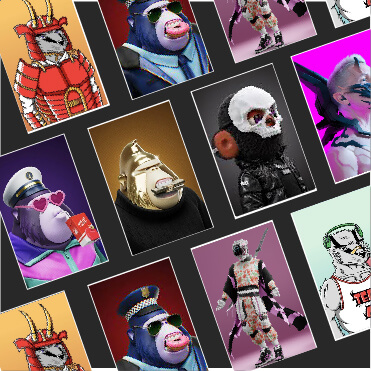Here in this easy NFT guide we have provided complete knowledge of how to buy and sell NFTs. Even if you are not an artist, this guide will help you to learn everything about NFTs.
What are NFTs?
NFTs or Non-Fungible Tokens are unique digital assets that represent ownership of real world objects. Those NFTs can be verified and stored using blockchain technology.
They can include everything from digital artwork to music, videos and even website domains.
NFTs are increasingly being considered as modern day collectables, that are bought and sold online.
What makes NFTs so special?
NFTs, by their very nature, are non fungible and are not interchangeable. Each individual NFT or token has certain unique properties and its value is the same as those of other similar tokens.
By creating an NFT around a creation, artists and creators are able to verify scarcity and authenticity of the digital asset.
To compare it with traditional art collection, there are endless copies of the same great art or paintings in circulation even though there is only one original of each. NFTs help assign ownership of the originals.
How to buy NFTs?
You can buy NFTs or non-fungible tokens on a number of NFT marketplaces such as OpenSea, Rarible, Solanart, and others. Recently, cryptocurrency exchange Binance and Coinbase also announced their individual plans to launch NFT marketplaces, where you can buy or sell NFTs.
Most NFT marketplaces use the Ethereum network to power their transactions. Hence, you will need the network’s native token, called Ether, to buy NFTs and set up a crypto wallet that is compatible with Ethereum.
Unlike Bitcoin, which functions mainly as a payment network and cryptocurrency, blockchain networks such as Ethereum and Solana let users build apps to store personal data and set rules for complex financial transactions such as smart contracts that govern NFT ownership and sales.
A crypto wallet is your digital address to store cryptocurrencies and platforms such as Metamask, Coindesk or Binance offer crypto wallets.
The creator or owner of the NFT may choose a particular price or there may be an auction where you would have to bid for the NFT.
To buy an NFT, you need to open the website of any NFT marketplace, select the wallet you wish to connect to the marketplace platform and log in.
Once you are logged in, you have to search the marketplace for the NFT that you are looking to buy. Once you have selected the NFT to buy, the platform may ask you for confirmation and then ask you to proceed for payment.
Thereafter, your wallet will also ask you to confirm the transaction before the NFT is finally deposited in your wallet. Let’s learn about how to buy and sell NFTs with this insightful guide here.
How to sell NFTs?
The first thing to do to sell NFTs is select an NFT marketplace platform, on which to create and sell NFTs, create a payment wallet to pay platform fees as well as receive payments if you manage to sell NFTs.
Almost all platforms ask for an upfront fee to ‘mint’ your NFT or turn your artwork into a non-fungible token that you can sell. They generally insist on payments to be made using cryptocurrencies, so you may have to buy some cryptocurrencies to cover the platform fees before you earn any cryptocurrency.
Click here to Get the Latest NFT News & Market Update Straight to Your Inbox
Where do people buy NFTs?
NFTs are available on several NFT marketplaces such as OpenSea, Mintable, Nifty Gateway, Rarible, Axie Infinity, Decentraland, NBA Top Shot, The Sandbox, SuperRare, Foundation, Valuables, among others.
Often, NFTs are sold through the auction route where you will have to put in a bid for an NFT.
OpenSea claims to be the first and the largest marketplace for trading of NFTs, boasting of over 300,000 users, more than 34 million NFTs and a trading volume of more than $4 billion.
Buyers can either buy fixed price NFTs directly from the sellers on OpenSea or bid for NFTs in auctions.
Mintable, meanwhile, is a two-sided marketplace for NFTs whose features resemble quite a lot like Ebay. It is integrated with MetaMask to enable buyers willing to set up their crypto wallets.
Creators on Mintable can either mint free NFTs without paying any gas charges or mint NFTs by using the traditional transaction based digital items.
Buyers can create their accounts, load their crypto wallets and purchase the listed NFTs or bid for auctions.
Nifty Gateway is a marketplace that works with artists and brands to create Nifties – a branded term for NFTs.
On Nifty Gateway, sales are typically structured around ‘drops’, in which collectibles are made available for a limited period, perhaps to create a novelty value around each of them.
After the ‘drop’ ends or if the collectibles are sold out, the Nifties can be resold through the Nifty Gateway’s peer-to-peer marketplace.
How to make an NFT?
In order to make or mint an NFT, all you need is a digital image or a video or a music file to upload and a pre-loaded or pre-funded crypto wallet.
Then, you have to select any of the websites from where you would buy NFTs and make your own NFT.
These websites give you different options like the choice to mint single or multiple NFTs, selecting the sale price or even the option to mint with or without gas fees.
Gas fees are charges paid to miners on the blockchain to confirm the transactions.
You can monitor Gas fees by visiting sites like ETH Gas Station and find out how much the transactions will cost based on the Fast, Standard, or Safe Low speed of confirmation.
How is an NFT different from cryptocurrency?
NFTs are different from cryptocurrencies because non-fungible tokens, per se, do not have value on their own unlike cryptocurrencies.
The real value of NFTs lies in the respective media files attached to them – the most common form currently being art and music although the potential is quite broad.
NFTs cannot be considered as cryptocurrencies because each NFT has a distinct value and, hence, non-fungible.
Cryptocurrency, on the other hand, is fungible because if you give away one cryptocurrency and later buy one, you will still have one cryptocurrency. Each cryptocurrency holds the same value as another similar cryptocurrency.
Why do people often buy NFTs with cryptocurrencies?
Non-fungible tokens are typically blockchain based tokens used to authenticate digital ownership of whatever is attached to the token.
Similarly, users of blockchain are uniquely identifiable by the crypto wallet address.
Since most, if not all NFTs, are crypto based tokens, most of the NFT marketplaces only accept cryptocurrency, especially Ethereum, as payment for the NFTs sold on their platforms.
What are NFTs used for?
Non-fungible tokens or NFTs are currently being used for the benefit of artists who create digital media.
Types of NFTs that are currently being minted and traded include digital versions of fine art, music, videos and even tweets of famous people.
Hitherto, it was difficult to verify the authenticity of digital media, since anyone can copy and paste a digital file and claim it as his/her own.
Almost anything can be minted as an NFT but most of the current investor excitement has been centred around digital artworks, sports collectables and video games where users build their own ‘metaverses’.
Popular NFT Marketplaces
NFT marketplaces are your gateway to either buy NFTs, or sell NFTs.
There are many marketplaces for NFTs and some of them even have specific niches.
Some of the popular NFT marketplaces are OpenSea, Nifty Gateway, Axie Marketplace, CryptoPunks, NBA Top Shot, Rarible, Foundation, SuperRare and Mintable.
Who’s making waves in the NFT space?
The Metaflower NFT Super Mega Yacht was sold for 149 ETH and exists only in the Metaverse.
The transaction made the virtual luxury boat the most expensive NFT asset ever sold in a video game.
Its seller, Republic Realm, is also developing a virtual archipelago called Fantasy Islands, where you can buy ‘private lands’. The community there is made of 100 private islands, with each being an NFT.
The land and house were sold together as a packages and all were snapped up within 24 hours.
It doesn’t end at islands and yachts for Fantasy Islands residents, as they can also buy sea toys.
The Fantasy Collection is a suite of luxury NFTs designed for use in The Sandbox.
The Fantasy Islands and the Fantasy Collection together have a market capitalisation of over US $30 million.
However, it is not all toys when it comes to ocean and crypto. In 2021, blockchain based eco project SafeEarth donated over US $100,000 to TheOceanCleanUp charity.
The money was raised from taking a cut out of SafeEarth token transaction fees and will be used towards removal of plastic wastes from the oceans.
In fact, the sole objective of SafeEarth is to generate capital for repairing the ecological damage done to our planet.
If you still want to buy and sell NFTs with all that in mind, here’s what you need to know. THE FUTURE OF NFTs, here you go:
The future of NFTs
Non-fungible tokens or NFTs have become very valuable tools for content creators, especially those in the digital space because of the assurances of authenticity and ownership.
Eventually, in future, these digital assets can be used for practical use cases in businesses such as land records, etc.
How are NFTs priced?
Similar to any other piece of art or artwork, NFTs, or non-fungible tokens, are valued on the basis of credibility of the artist in the physical world, the nature of the artworks and the efforts put behind it, as well as the story behind the creation of the masterpiece.
NFTs of artworks that also have physical existence, are typically priced around a tenth of the value of the physical artwork.
Nonetheless, pricing of NFTs are usually decided by the creators of the NFTs.
How are NFTs taxed?
Knowing or understanding NFT taxes is important to avoid a surprise tax bill at the end of the year, whether you are an artist or an investor involved in trading of NFTs for profit.
In most cases, NFTs or non-fungible tokens are subjected to the same tax laws as those applicable to fungible cryptocurrencies.
If you are an artist or a creator and earned money by selling your NFT, you need to report the proceeds as income on your tax return.
If you are a trader or investor and invest in NFTs, any profit earned through sales or trades, will be subjected to capital gains tax.
Since NFTs themselves are crypto assets and are typically purchased using cryptocurrencies, therefore buying an NFT is considered to be a crypto-to-crypto trade by the tax authorities of some countries.
In such cases, you will be taxed when buying as well as selling NFTs.
What are the risks?
Although non-fungible tokens are fast becoming a popular and emerging asset class, there are risks that come along with it too and it would be wise not to ignore them.
- One of the biggest risks is the chance of getting scammed online by fake sellers, fake marketplaces or even unverified sellers on genuine marketplaces.
- Environmental impacts – the computers that generate the blockchain data, run constantly and at very high capacity. That requires huge power consumption and, consequently, negative impact on the environment.
- Anyone on the internet can create an NFT out of anything. That means there is a possibility of many bad NFTs being available to unsuspecting buyers, which may not fetch you good price when you plan to sell them at a later date.
- One must understand there is a difference between the non-fungible token itself and the asset it refers to, which could be a tweet, photo, video or even an audio file that’s stored separately. So, if the NFT issuer goes out of business or stops hosting those digital artworks, buyers of those NFTs will be left with tokens linked to files that do not exist.
What are the criticisms?
Some critics of NFTs believe the current euphoria surrounding NFTs are all speculative mania and is nothing but a bubble waiting to burst.
Click here to Get the Latest NFT News & Market Update Straight to Your Inbox
Conclusion – How to buy and sell NFTs
The future potential of NFTs is huge despite all the current challenges and uncertainties.
One sign of its potential is the volume of venture capital pouring into the NFT economy from several notable investors.
The market for NFTs will continue to evolve and NFTs may become the underlying asset for the entire virtual economy, thereby expanding far beyond digital art and collectables.



